Growing artichokes can be incredibly rewarding, but it takes a bit of know-how. For the best harvest, start by planting artichokes in well-drained, fertile soil with a slightly acidic pH. Adding compost or well-rotted manure will provide the nutrients they need to thrive.
Artichokes love full sunlight, so choose a location that receives at least 6 hours of direct sun each day. These plants also appreciate consistent watering, but be careful not to overdo it—drainage is key to prevent root rot.
When it comes to spacing, artichokes can get large, so make sure they have plenty of room—at least 4 feet apart. If you’re growing them from seed, it’s best to start indoors and transplant them once the weather warms.
Finally, pruning is essential for promoting bigger and better buds. Cut back any dead or damaged leaves to help the plant focus energy on producing those prized artichokes. With these secrets in mind, you’ll be harvesting artichokes like a pro!
Choose the Right Variety
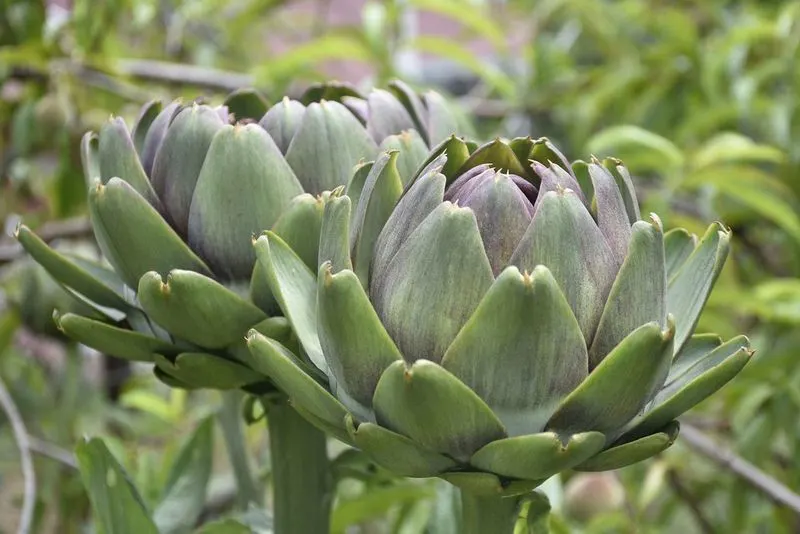
Selecting the appropriate artichoke variety can greatly influence your success. Consider your local climate and soil conditions when making a choice. Green Globe is popular for cooler climates, while Purple of Romagna thrives in warmer regions. Research different types to find one that suits your garden. Whether you prefer a smaller, more tender variety or a robust, larger one, knowing your options is key. Pay attention to growth habits and disease resistance. By choosing wisely, you’ll set the foundation for a thriving artichoke patch. This decision will impact your harvest quality and quantity.
Understand Soil Requirements
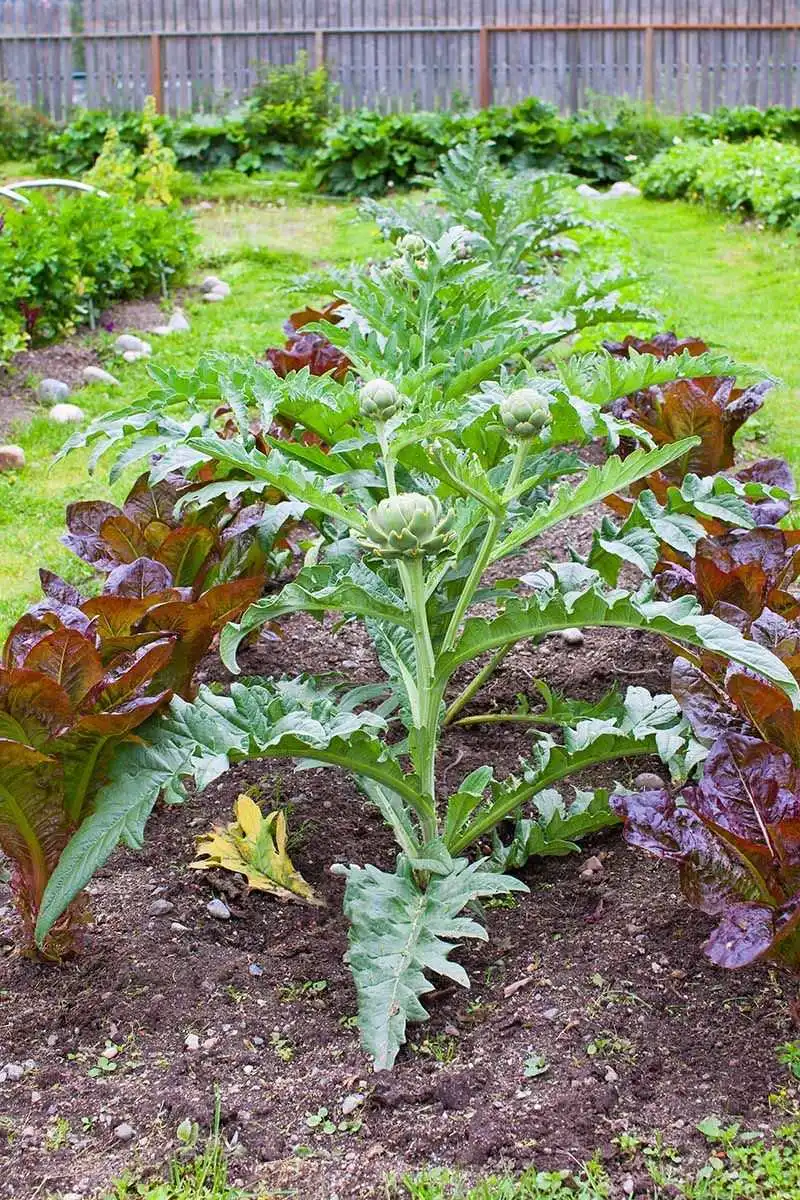
Artichokes thrive in well-draining, nutrient-rich soil. Before planting, test your soil to determine its fertility and pH level. Ideally, the pH should be between 6.5 and 7.5. To enhance soil quality, amend it with organic matter like compost or well-rotted manure. This not only boosts nutrient content but also improves drainage. Avoid planting in clay-heavy soil, as it can retain too much moisture. Ensuring the right soil conditions from the start can prevent root rot and other issues. Healthy soil fosters strong growth and an abundant harvest.
Plan for Adequate Space
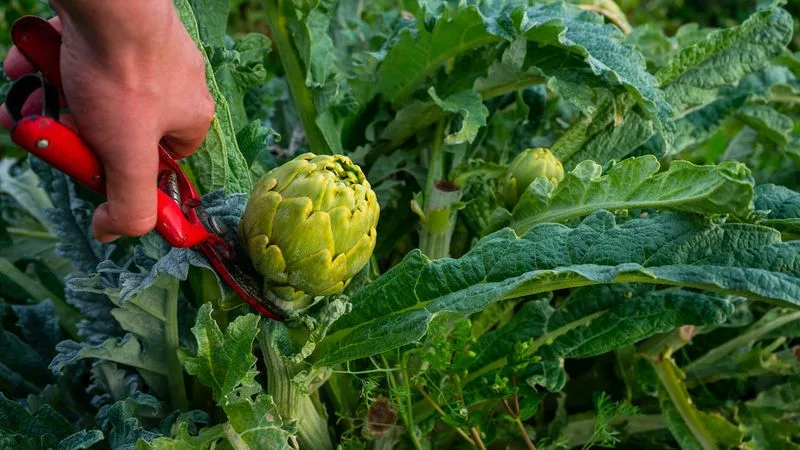
Providing enough space for each artichoke plant is crucial. Crowding can lead to poor air circulation, increasing disease risk. Each plant needs about 3 to 4 feet of space in all directions. This allows room for their sprawling leaves and deep roots. Proper spacing also makes maintenance tasks like weeding and harvesting easier. Consider the mature size of the plants when planning your garden layout. Ample space encourages vigorous growth and can result in larger, healthier artichokes. Thoughtful planning of your garden space pays off during harvest time.
Water Wisely
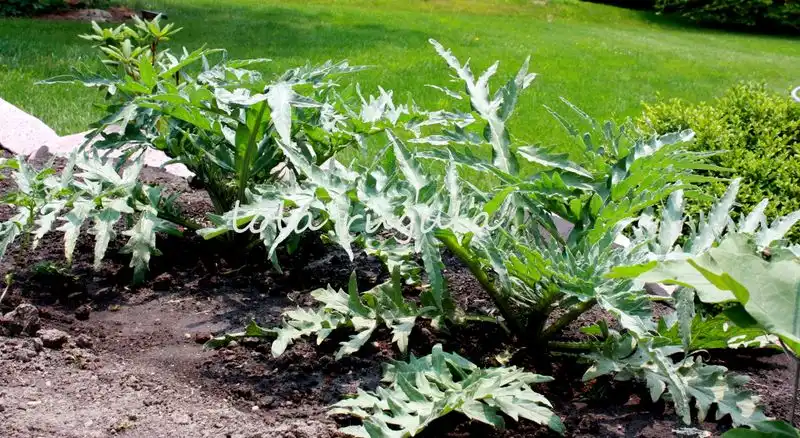
Proper watering is a delicate balance. Artichokes need consistent moisture but avoid letting the soil become waterlogged. Water deeply once or twice a week depending on rainfall, focusing on the roots. Early morning is the best time to water, reducing evaporation and fungal risks. Using drip irrigation or soaker hoses can provide the appropriate moisture level without over-saturating the leaves. Overwatering can lead to diseases like root rot, while too little water stresses the plants. Observing the plant’s response helps adjust the watering schedule for optimal growth.
Mulch for Moisture Retention
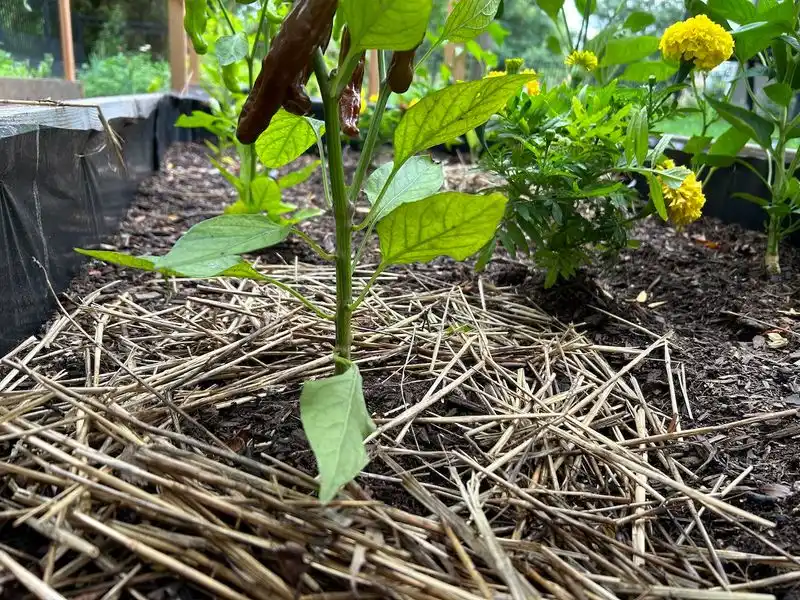
Adding mulch around your artichoke plants can significantly impact their growth. Mulch helps retain soil moisture, keeping roots cool and minimizing water loss. Choose organic materials like straw or wood chips, which decompose and enrich the soil over time. A layer of about 2 to 3 inches is ideal. Besides moisture retention, mulch acts as a barrier against weeds, reducing competition for resources. It also insulates the soil, protecting roots from temperature extremes. This simple addition to your garden care routine can greatly enhance plant health and yield.
Fertilize for Growth
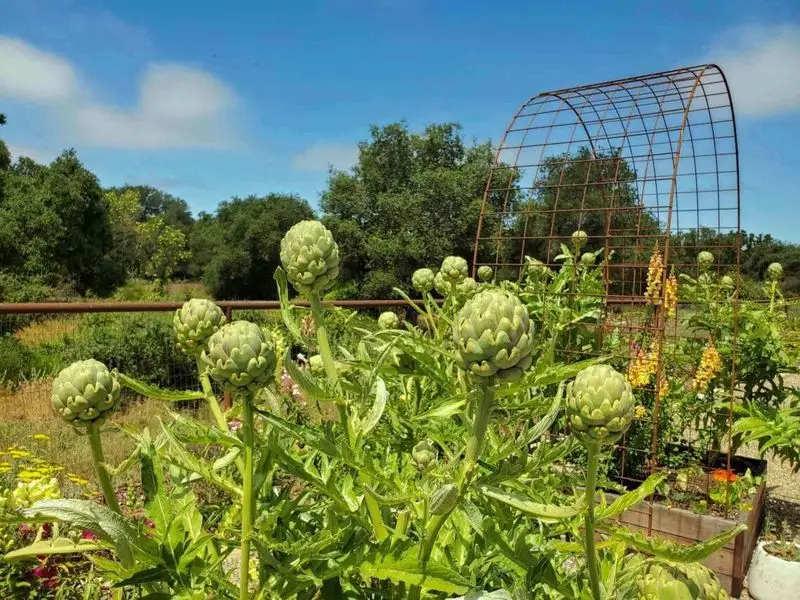
Proper nutrition is vital for robust artichoke growth. Start by applying a balanced fertilizer high in phosphorus at planting time. This encourages root development. During the growing season, a high-potassium fertilizer promotes flowering and fruiting. Apply it every 4 to 6 weeks. Be cautious not to over-fertilize as it can lead to excessive foliage with little bud production. Organic options like fish emulsion or seaweed extract are great choices. Regular feeding ensures your artichokes have the nutrients they need for vigorous growth and abundant harvests, without compromising the plant’s health.
Control Pests Naturally
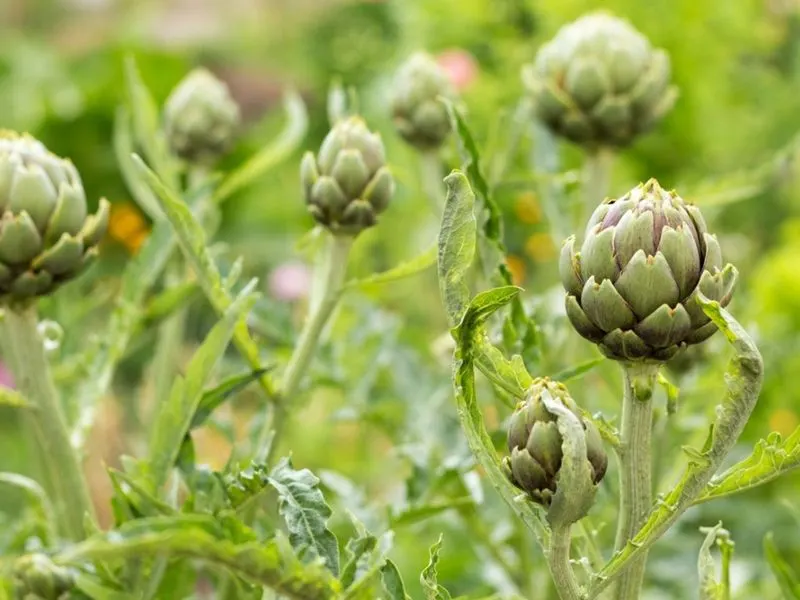
Pests can challenge artichoke growers, but natural controls can keep them at bay. Encourage beneficial insects like ladybugs, which feed on aphids and other pests. Introducing companion plants such as marigolds or nasturtiums can deter harmful insects. Regularly inspect your plants for signs of infestation. Hand-picking larger pests like snails is effective and environmentally friendly. Avoid chemical pesticides that can harm beneficial insects. By focusing on natural pest control methods, you can protect your plants without harming the ecosystem. Healthy plants can better resist pests and diseases, resulting in a more productive garden.
Rotate Crops Annually
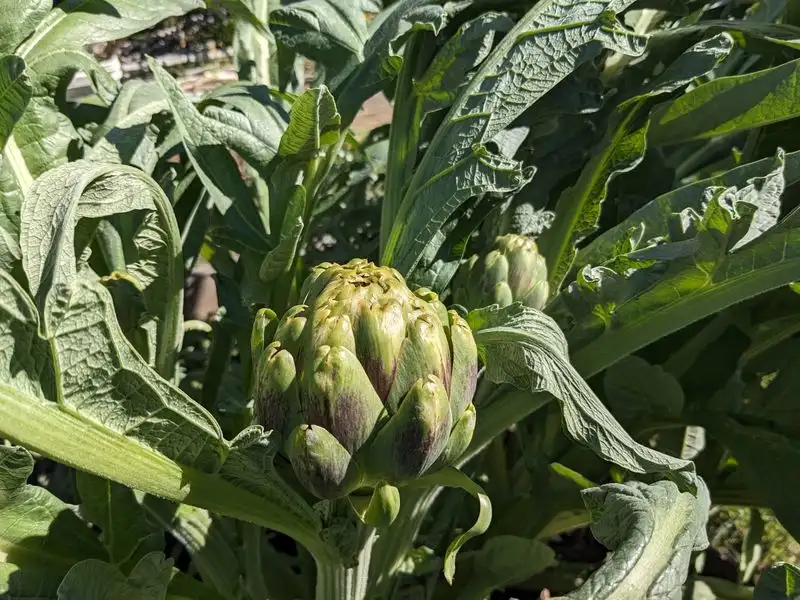
Crop rotation is a time-tested method to maintain soil health and reduce pests. Moving your artichokes to a different part of the garden each year prevents soil-borne diseases and pest buildup. This practice also ensures that the soil nutrients are not depleted by the same crop repeatedly. Plan your garden layout to allow for easy rotation. Include legumes in the rotation to naturally replenish nitrogen levels. Crop rotation encourages a more balanced ecosystem and improves overall garden productivity. It’s one of the simplest ways to ensure continued artichoke success.
Prune for Better Yield
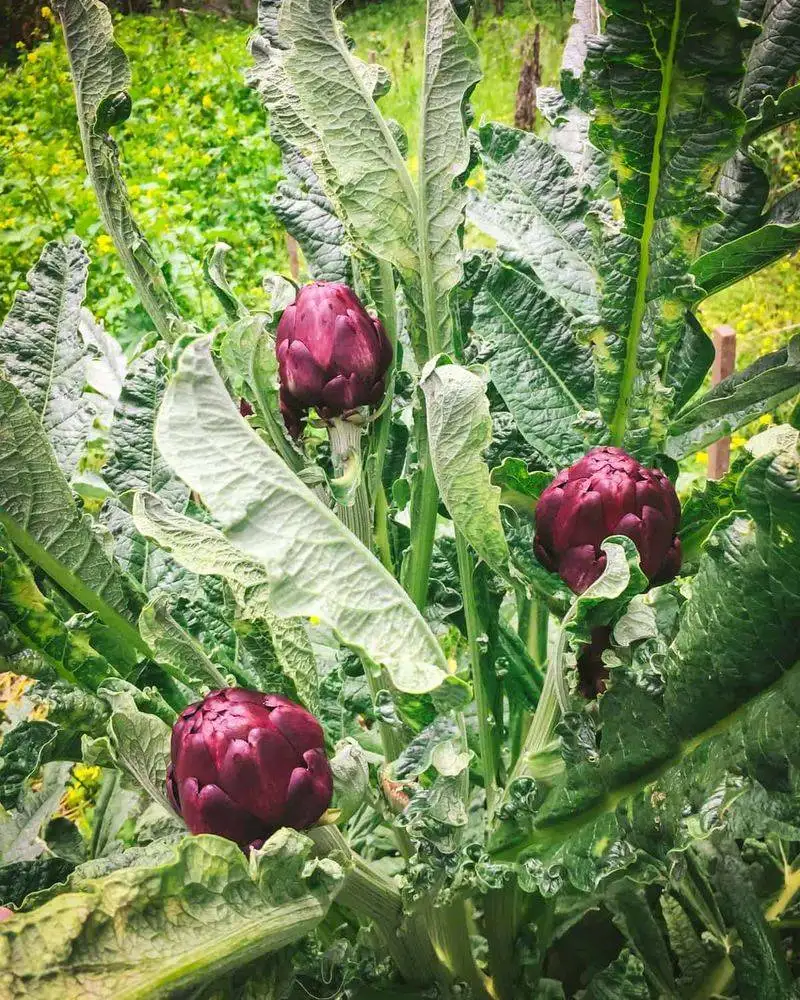
Pruning artichokes can lead to larger and more numerous buds. Remove old and damaged leaves to promote air circulation and direct energy to new growth. Focus on thinning out the center of the plant, which improves light penetration. Cutting back the plant in late summer encourages a second crop in warmer climates. Be gentle to avoid damaging the main stem. Regular pruning keeps the plant healthy and vigorous, enhancing its ability to produce quality buds. This simple maintenance step can significantly boost your yield and improve the plant’s overall health.
Harvest at the Right Time
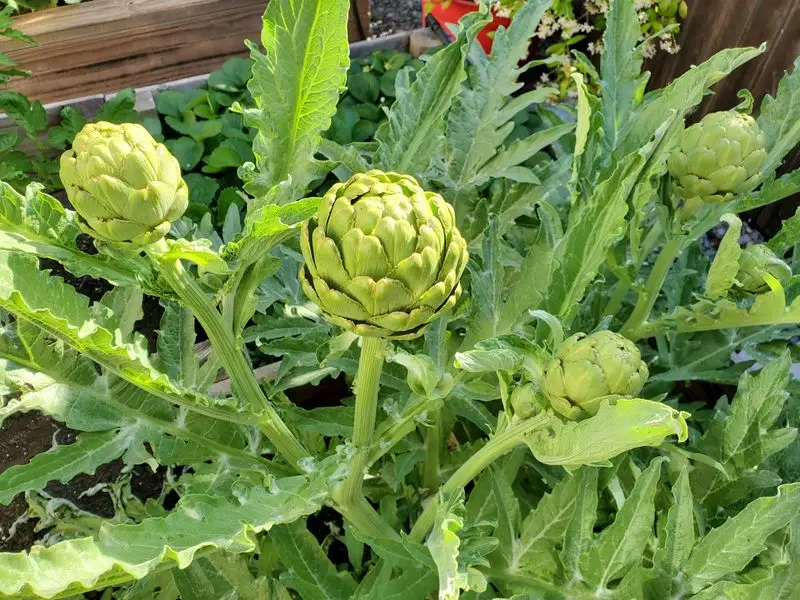
Timing is everything when it comes to harvesting artichokes. Pick them when they are firm and still tightly closed, typically when the buds are about the size of a tennis ball. Waiting too long results in flower development, which diminishes flavor and texture. Use a sharp knife to cut the stem about an inch below the bud. Harvesting in the morning, when temperatures are cooler, preserves the artichoke’s quality. By observing the plant and weather patterns, you can determine the perfect moment to harvest. This ensures the best flavor and tenderness.
Protect from Frost
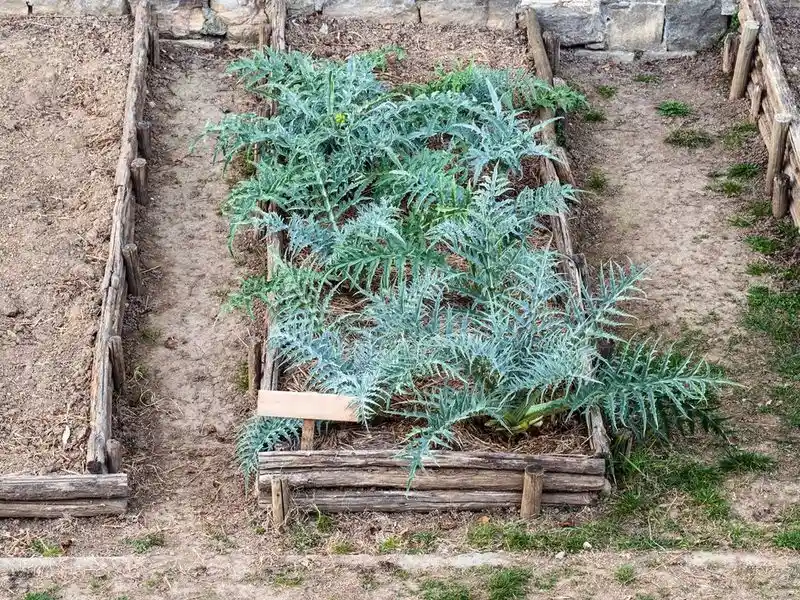
Frost can be detrimental to artichokes, especially in colder climates. Protect them by covering with frost cloths or using cloches during cold snaps. Mulching also insulates the roots against freezing temperatures. In regions with harsh winters, consider growing artichokes as annuals or in containers that can be moved. Monitor weather reports for frost warnings and prepare accordingly. Taking these precautions can prevent frost damage, ensuring your plants survive and continue to thrive. Proper frost protection maintains plant health and can lead to earlier harvests in spring.
Encourage Pollinators
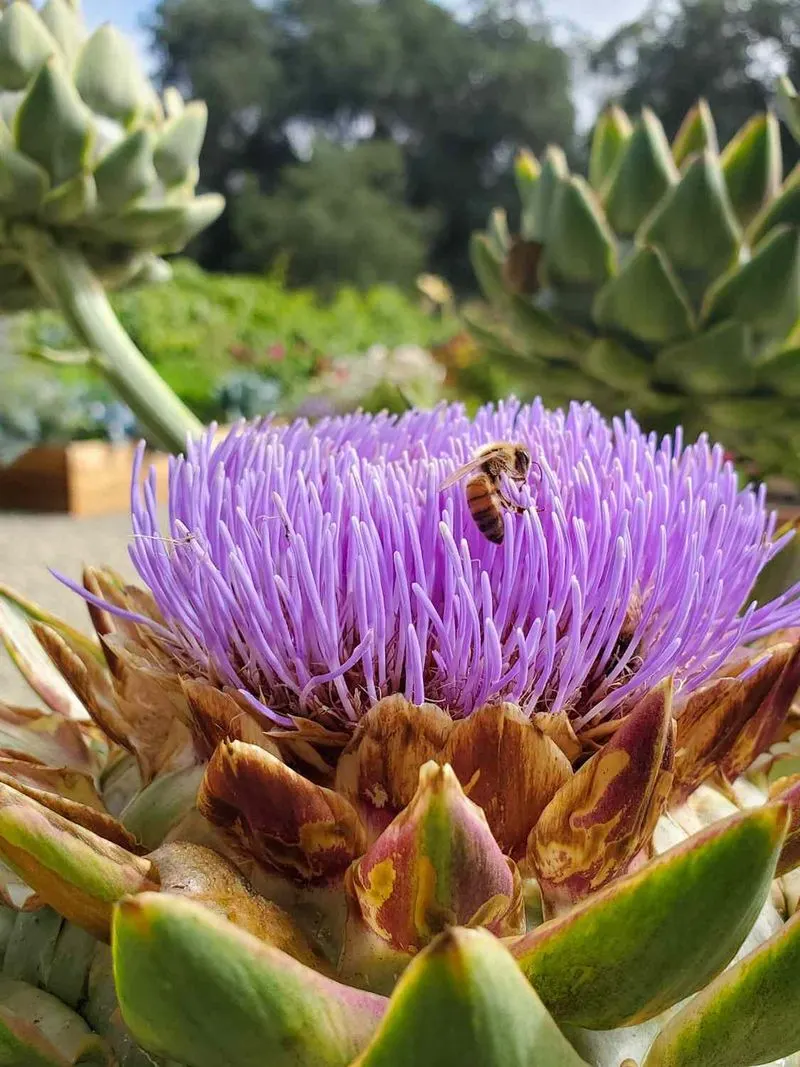
Pollinators play a vital role in the artichoke lifecycle. Attract bees and butterflies by planting flowers that bloom alongside your artichokes. Lavender, sunflowers, and echinacea are excellent choices. Avoid using pesticides that can deter these beneficial insects. A diverse garden ecosystem fosters pollination, which is essential for fruit development. Providing water sources and shelter for pollinators can further enhance their presence. By encouraging pollinators, you support a healthy garden environment, leading to better artichoke yields. The relationship between pollinators and your plants is key to successful gardening.
Use Companion Planting
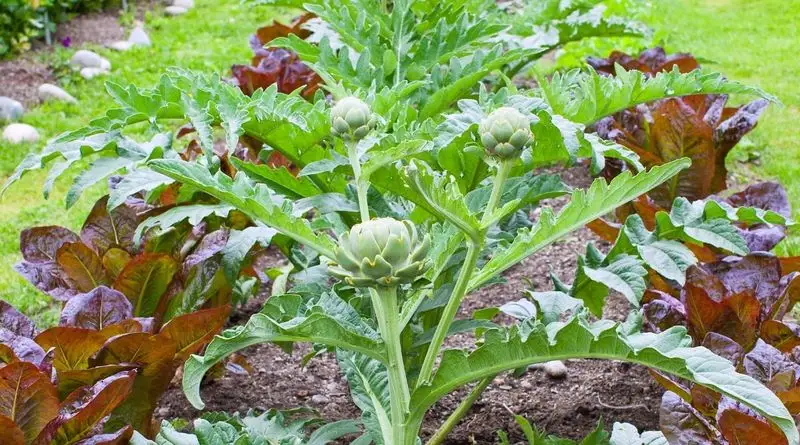
Companion planting creates a symbiotic garden environment. Artichokes benefit from being planted with companions such as marigolds, which repel nematodes, or legumes that fix nitrogen in the soil. This strategy enhances soil health and reduces pest issues. Companion plants can also attract beneficial insects, aiding in pollination and pest control. When choosing companions, consider their growth habits and nutrient needs to ensure compatibility. The right companions not only support artichoke growth but also contribute to a more balanced and productive garden. This method is a natural way to improve plant health.
Seed Starting Indoors

Starting artichokes from seed indoors gives them a head start in the growing season. Begin this process about 8 to 10 weeks before the last frost date. Use seed trays with rich potting soil and maintain consistent moisture. Ensure they receive ample sunlight, or use grow lights. Transplant seedlings into the garden once the danger of frost has passed. This method allows you to control the growing environment, leading to stronger plants. Indoor seed starting is ideal for regions with shorter growing seasons, enabling an early harvest and healthier plants.
Select Ideal Planting Time

Timing your planting can influence artichoke success. In cooler areas, plant artichokes in early spring, while warmer climates may allow for fall planting. Monitor soil temperatures, aiming for at least 50°F for optimal growth. Early planting can help establish strong roots before summer heat. Consider local climate trends and consult gardening calendars specific to your region. Adjust planting times based on seasonal weather patterns. By aligning planting with favorable conditions, you optimize growth, increase resilience to weather extremes, and enhance your harvest potential.
Focus on Plant Health
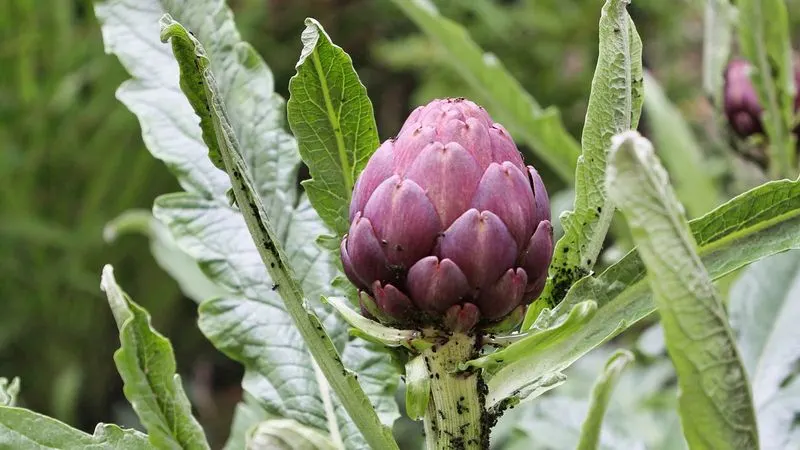
Maintaining overall plant health is crucial for a successful artichoke harvest. Monitor for signs of stress, disease, or nutrient deficiencies. Regularly check for pests, ensuring swift action when needed. Adequate watering, fertilization, and pruning all contribute to plant vigor. A healthy plant is more resilient to environmental challenges and can produce better yields. Consistent attention to plant health not only prevents problems but also supports a robust growth cycle. This holistic approach to gardening fosters an environment where artichokes can thrive, resulting in a bountiful and delicious harvest.

